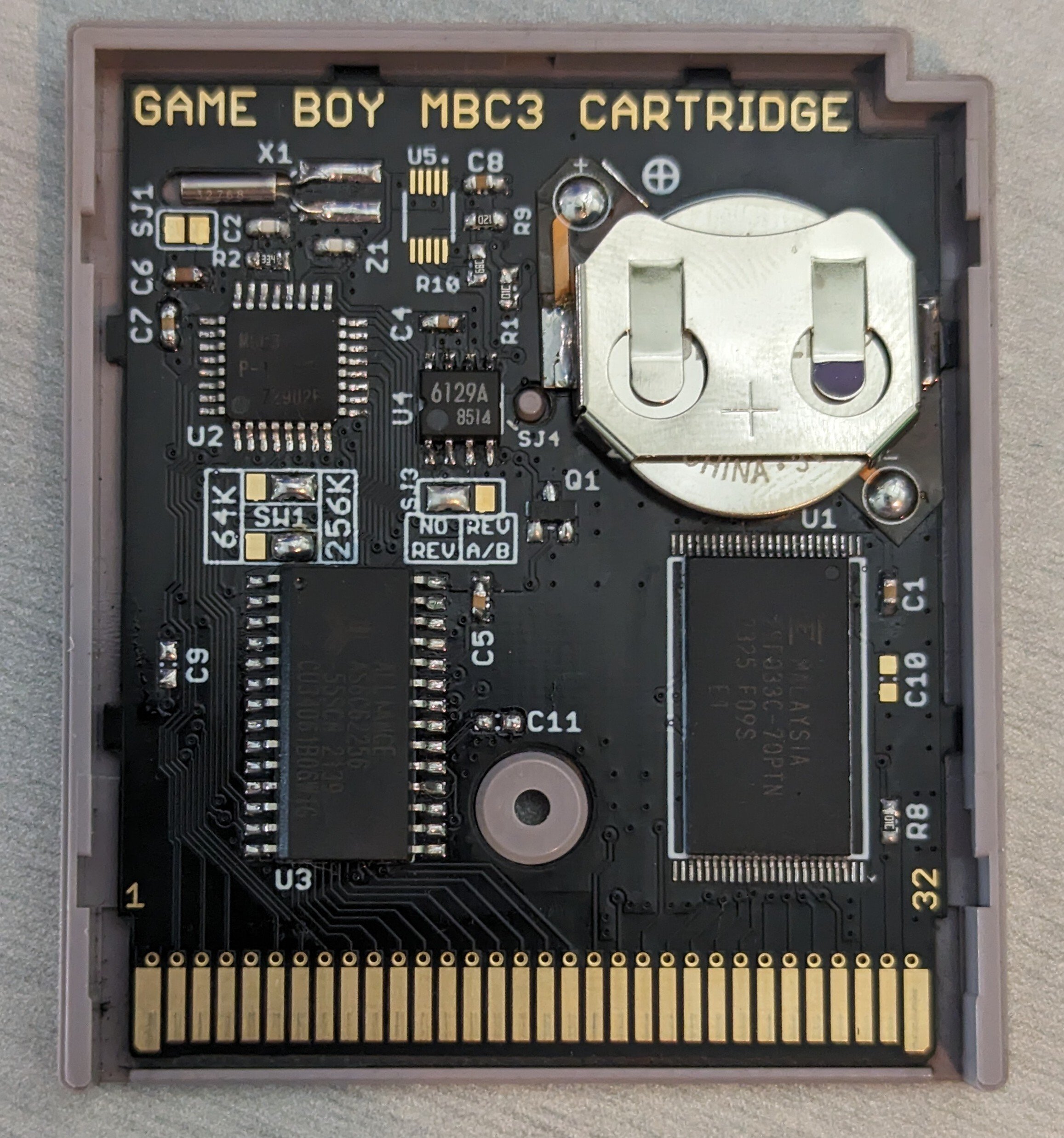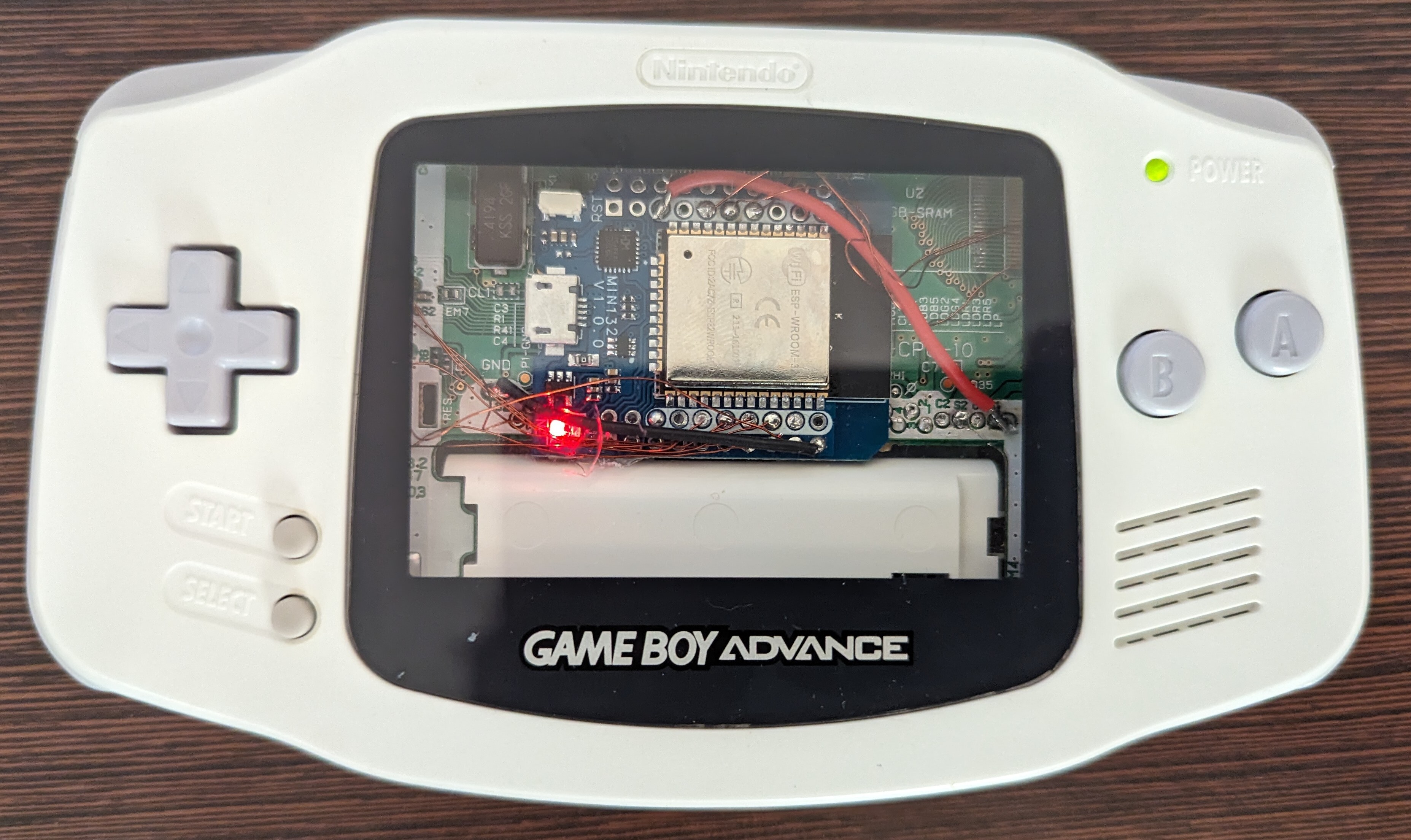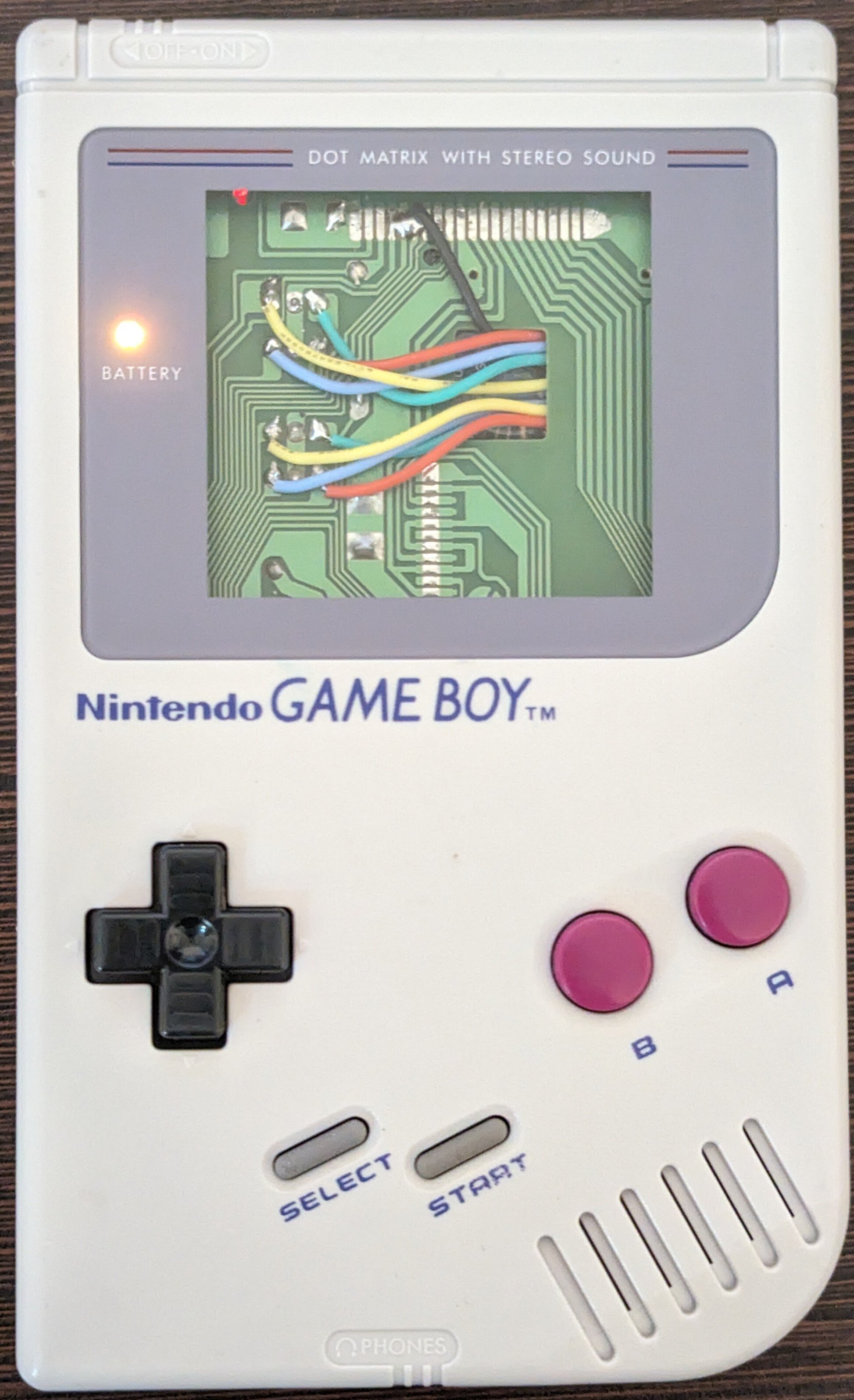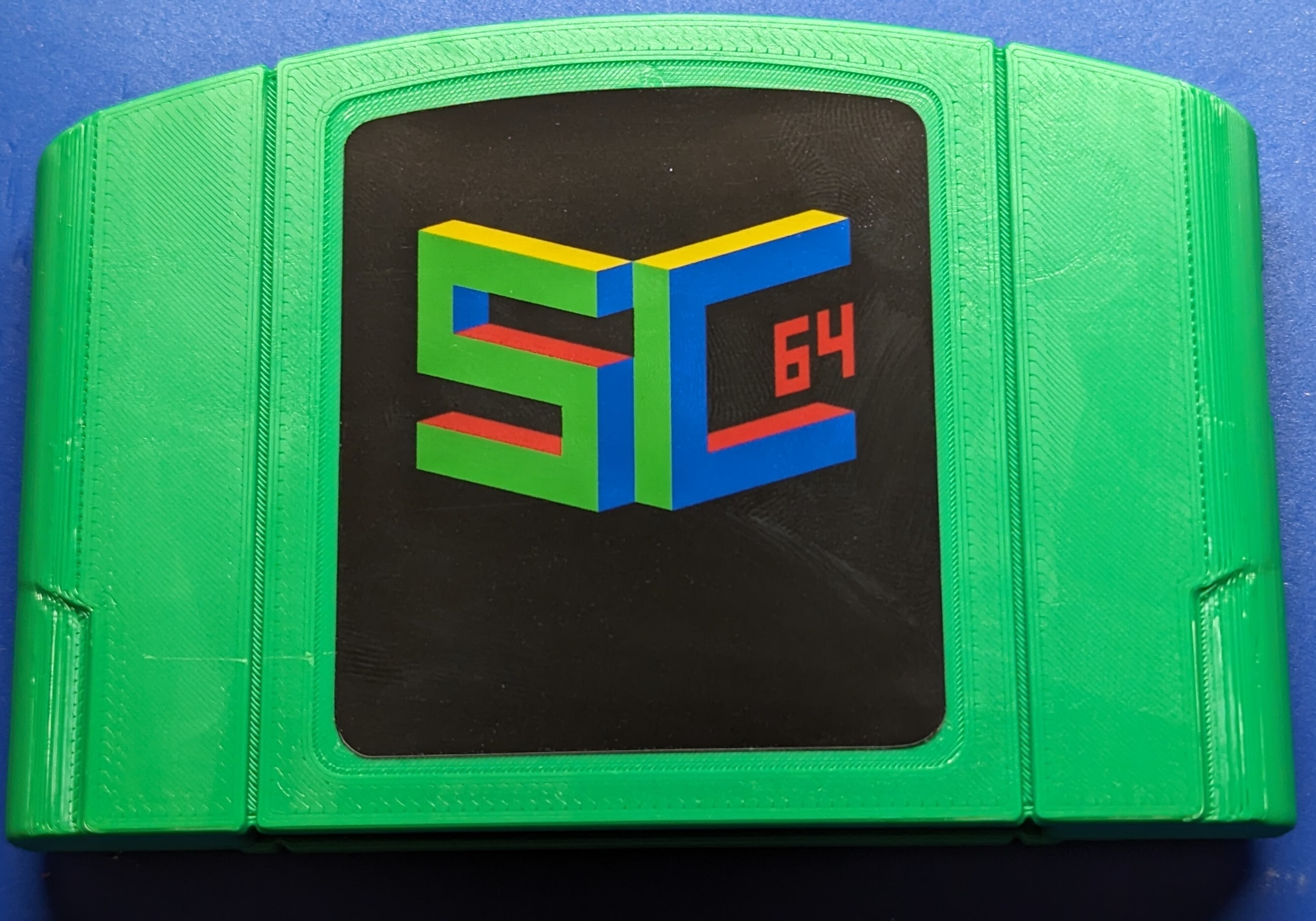Built two of these awhile ago. It works very well. https://lemmy.world/post/9910910
v1605
Neat. I'll have to check these out later on the TV.
And many other systems and arcade games (SNES, NES, Genesis, GameGear, Super Gameboy, Simpsons arcade game, galaga, etc...)
Just to add to the math, it really depends on what you own already and your capabilities to install mods yourself. Buying 3 pixelfx HDMI mods (shiny editions) will cost you around the same as the 4k (and that's if you can install yourself). Same thing as the analogue consoles if you want individual systems to play cartridges.
To add to the quality aspect, I have a 4k and I compared my RGB N64, HW1 N64Digital HDMI and RGB outputs, and Mister core as soon as I got it. The 4k looks better on my OLED than the HDMI output of the mod, with the only exception being if you prefer the smoothing filter in certain games.
No, UV printed is still the correct term. For 3D printing, "resin printed" is the more common term.
UV printing is a way to print designs on plastic and other materials (special ink is applied to the surface and cured with UV light). This shell was definitely injection modeled, not 3D printed. I'm pretty sure the shell itself is this one.
Haha thanks. I debated on which picture to use, I settled on this one mainly because I was so impressed with the UV print quality, though LEDs are great for those sweet, sweet internet points.
It is and its from laserbear. I actually think the pocket dock looks better on this little display vs a larger monitor. The downside is you have to use a scaler to get a proper image from the dock (in this case 480p HDMI -> component -> gbscontrol -> display).
Yeah if you go the diy route for the gbscontrol it can be a little intimidating without some prior experience. For this project if you get a Pico with headers already soldered, then no soldering is required which should hopefully be useful for people who just bought one off alliexpress.
The best guess is BOM cost. It's using an RP2050 and esp32 to emulate the drive. Most other solutions are using a FPGA, which is going to be more expensive.
 . 3 MBC1, 1 MBC3, and 1 MBC30
. 3 MBC1, 1 MBC3, and 1 MBC30








Why wait?
https://www.theoaklandpress.com/2023/04/23/riverside-county-sheriffs-investigators-lose-60-pounds-of-meth-in-failed-drug-sting/
https://www.npr.org/2021/10/06/1043651361/oath-keepers-california-sheriff-chad-bianco-january-6-us-capitol
https://ktla.com/news/local-news/deputy-caught-with-100-pounds-of-fentanyl-was-working-for-el-chapos-cartel-report-says/amp/